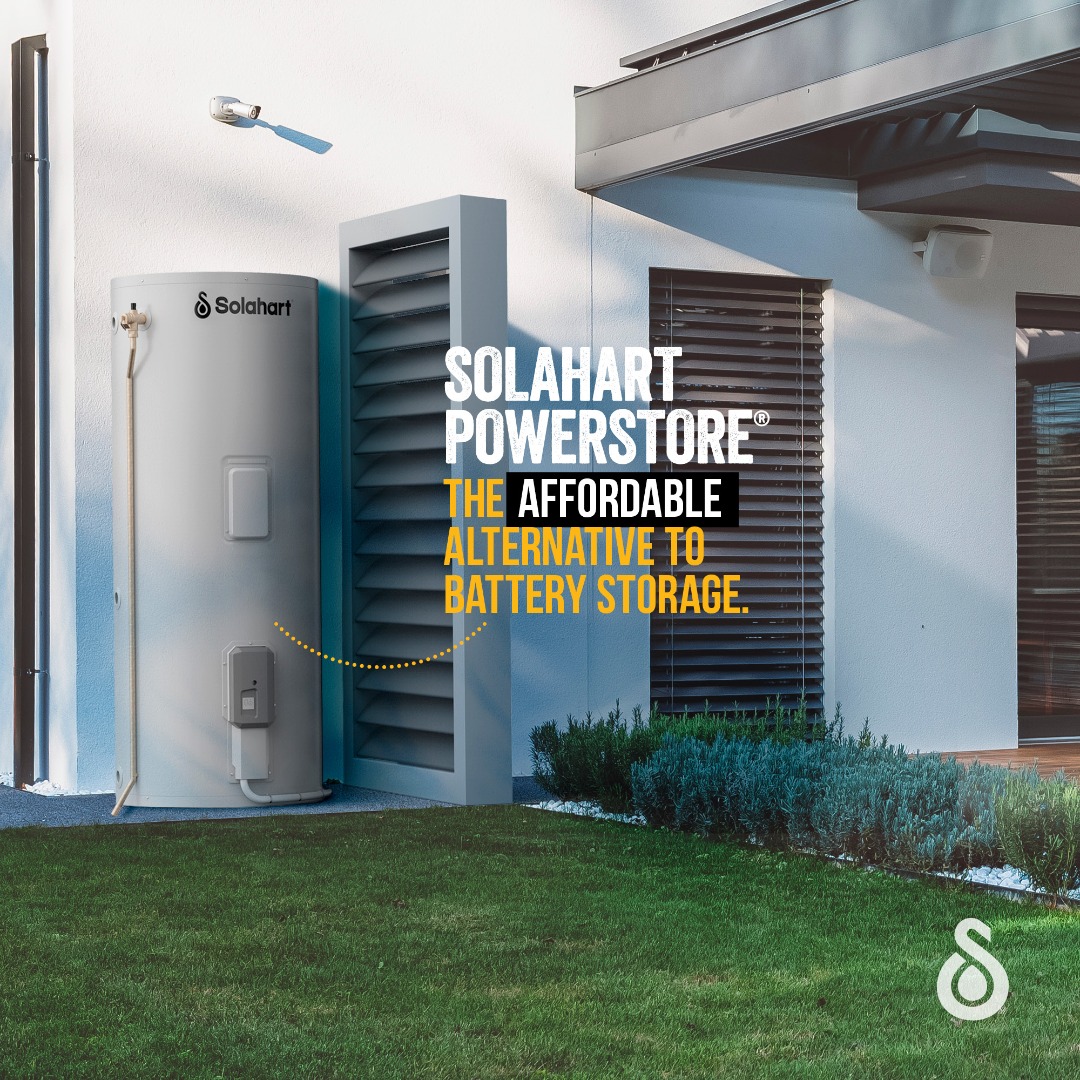Disclaimers:
1. Climate of the Nation Report, 2019, The Australian Institute: https://www.tai.org.au/content/climate-nation-2019#:~:text=Climate%20of%20the%20Nation%202019%20is%20the%20second%20report%20produced,from%2078%25%20in%202018).
2. https://www.energy.gov.au/households/energy-basics-householders as at 13/05/2020.
3. The amount of savings depends on factors such as location, climate, family size and energy usage patterns.
4. Climate of the Nation Report, 2019, The Australian Institute: https://www.tai.org.au/content/climate-nation-2019#:~:text=Climate%20of%20the%20Nation%202019%20is%20the%20second%20report%20produced,from%2078%25%20in%202018).
5. https://www.ga.gov.au/scientific-topics/energy/resources/other-renewable-energy-resources/solar-energy
6. Greenhouse Gas Emissions savings of up to 1.6 to 2.7 tonnes shown is based on Australian Government approved TRNSYS simulation modelling of a Solahart 302L and using a medium load in Zone 3 and the Scope 2 and 3 electricity emissions factors for purchased electricity by end-users published in the 2018 July edition of the National Greenhouse Accounts Factors handbook, and apply when replacing an electric water heater. Any savings will vary depending upon your location, type of Solahart system installed, orientation and inclination of the solar collectors, type of water heater being replaced, and hot water consumption.
7. Energy savings of up to 65% shown is based on Australian Government approved TRNSYS simulation modelling of a Solahart 302L and using a medium load in Zone 3 and apply when replacing an electric water heater. Any savings will vary depending upon your location, type of Solahart system installed, orientation and inclination of the solar collectors, type of water heater being replaced, hot water consumption and fuel tariff. Maximum financial savings off your hot water bill are achievable when replacing an electric water heater on continuous tariff. Refer to solahart.com.au for further information.







